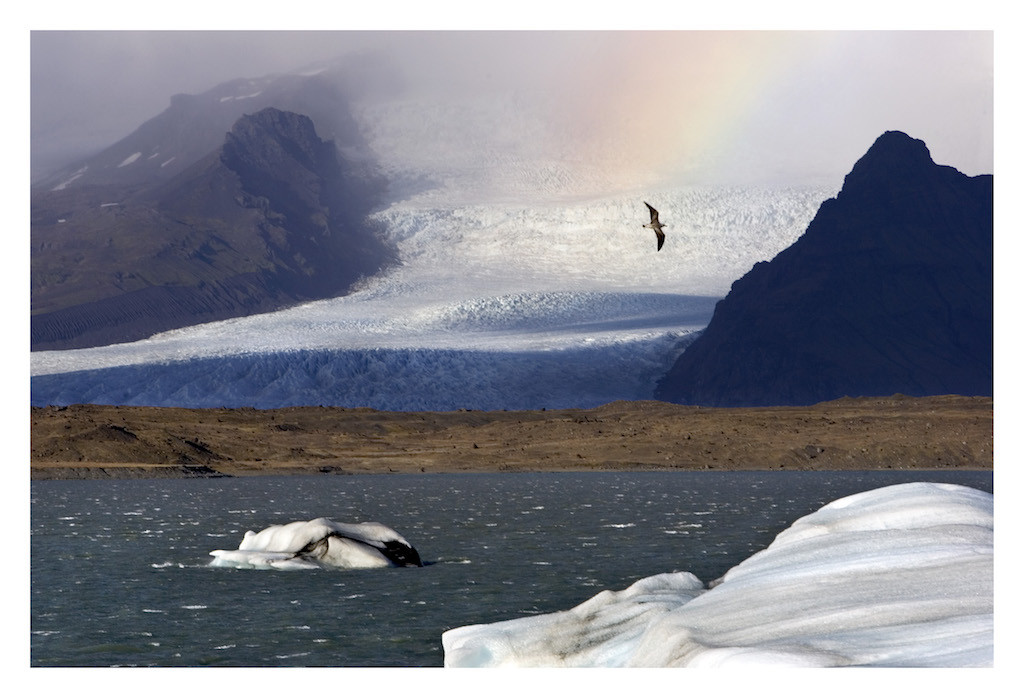Popular Reads
Top Results
Can't find what you're looking for?
View all search resultsPopular Reads
Top Results
Can't find what you're looking for?
View all search resultsIceland glacier national park named World Heritage site
Change text size
Gift Premium Articles
to Anyone
 General view dated on October 13, 2008 of Vatnajökull Glacier, largest glacier in Iceland. Vatnajokull (2110m) was named after sub-glacial lakes in a very volcanically active region in its centre. It is the largest glacier of Europe with an area of about 8,100 km², an average thickness of 400 m and the greatest thickness of about 1100 m. (AFP/Thorvaldur Orn Krismundsson)
General view dated on October 13, 2008 of Vatnajökull Glacier, largest glacier in Iceland. Vatnajokull (2110m) was named after sub-glacial lakes in a very volcanically active region in its centre. It is the largest glacier of Europe with an area of about 8,100 km², an average thickness of 400 m and the greatest thickness of about 1100 m. (AFP/Thorvaldur Orn Krismundsson)
U
NESCO on Friday added Iceland's Vatnajokull National Park, Europe's largest with a landscape of "fire and ice," to its World Heritage List.
Shaped by volcanoes and surrounded by lava fields, the park is also home to the largest glacier in Europe, after which it is named.
The protected area of some 14,500 square kilometres (around 5,600 square miles) -- or 14 percent of the whole country -- is "an exceptional example of both the interplay of ice and fire and of the separation of earth's tectonic plates on land," according to UNESCO.
"This recognition of the outstanding universal value of the Vatnajokull National Park will benefit the area and further ensure its integrity," Education Minister Lilja Alfredsdottir told AFP.
"We are all responsible for its magnificent nature and history."
The glacier, which covers more than half of the park and eight percent of Iceland's surface, reaches over several volcanic systems, including two of the most active volcanoes on the island, Grimsvotn and Bardabunga.
Iceland's highest point, Hvannadalshnjukur at 2,110 metres, is located at the southern edge of the glacier.
Tourists often flock to the peak to admire the view, when they aren't found at the Jokulsarlon lagoon, located at the foot of the ice cap with its characteristic small turquoise blue icebergs.
Read also: Iceland is promoting its tap water as a luxury product, for good reason
The park also contains the Lakagigar, a row of craters formed in a violent eruption in 1783, when lava spewed out of the mountain for months.
The spread of toxic ash ruined pastures leading to sickness and death of livestock and a subsequent famine killed around 10,000 people.
Some have argued that the event, which also had an impact on much of Europe, was one of the triggers of the French Revolution of 1789.
Vatnajokull National Park is the third Icelandic site to join UNESCO's World Heritage List, after Thingvellir National Park in 2004, where the oldest parliament in the world was established, and the volcanic island of Surtsey in 2008.










